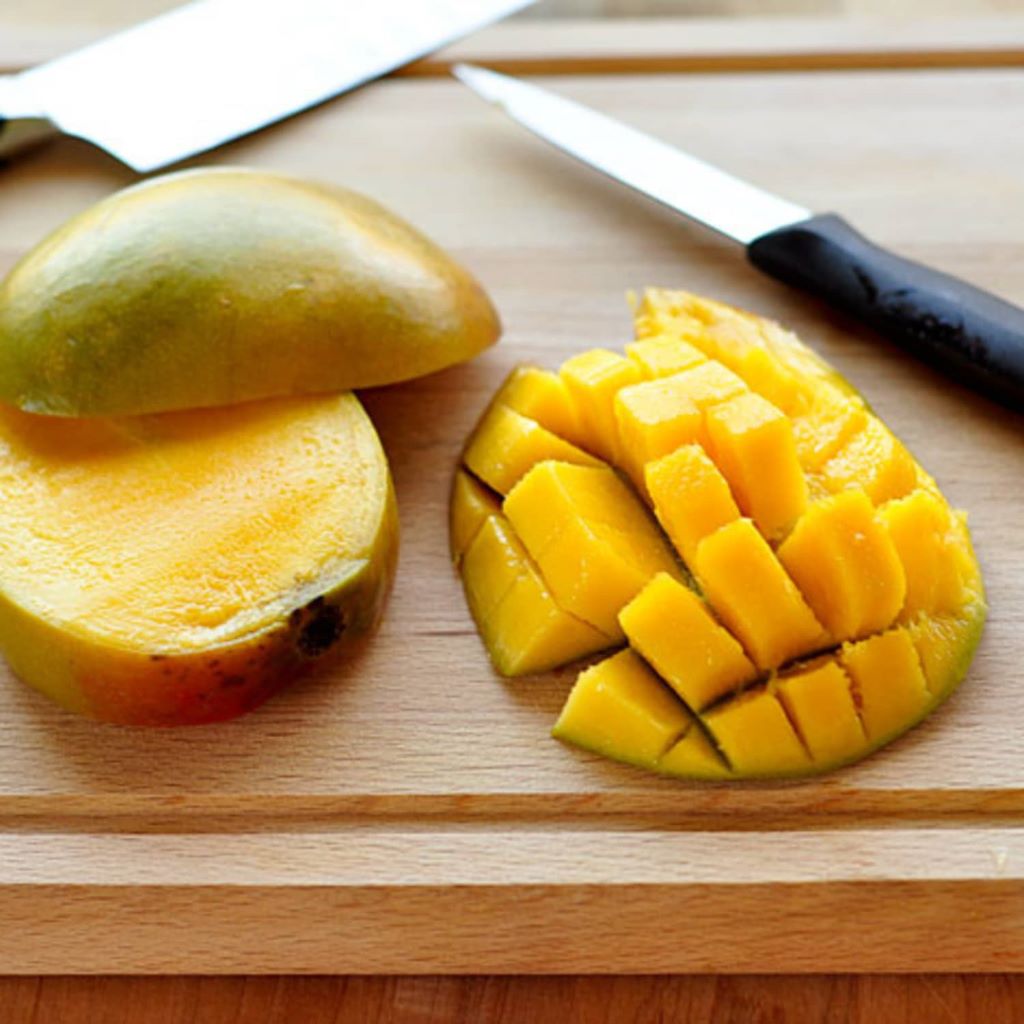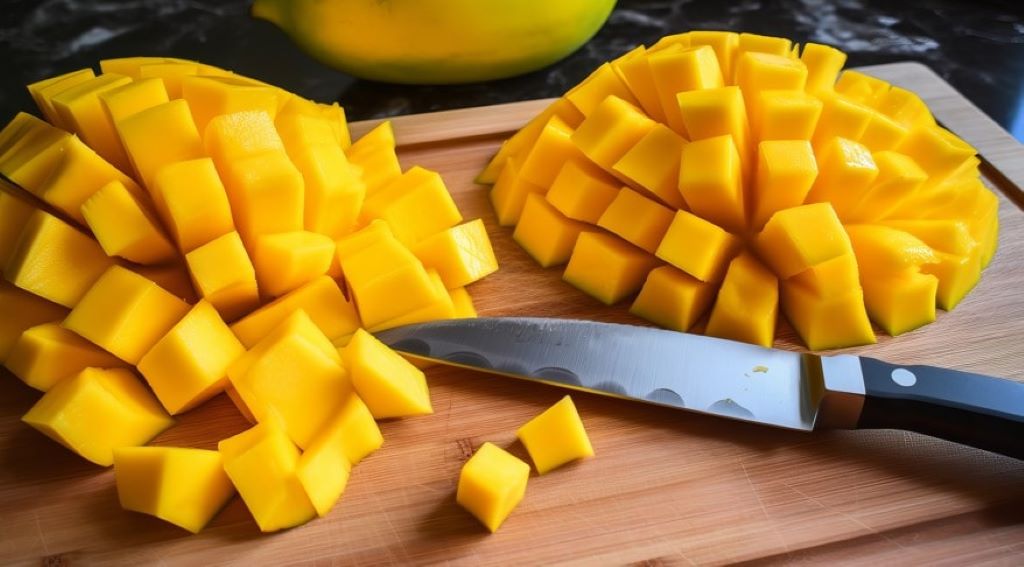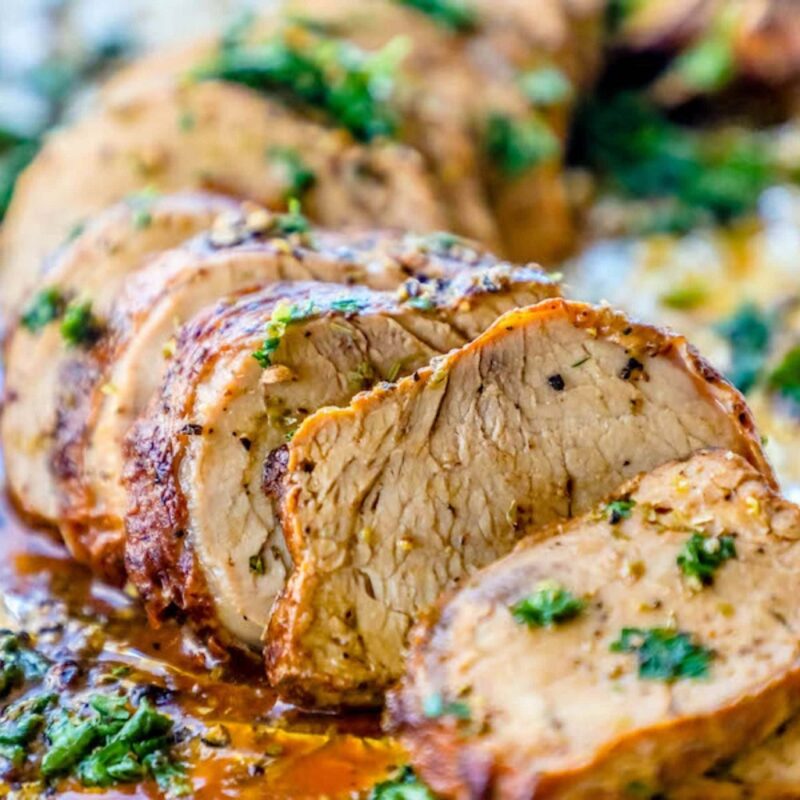Mangoes, often called the “king of fruits,” are a delicious tropical treat. But their large, flat seed can make them a bit tricky to prepare. Don’t worry! With the right technique, you can master the art of cutting a mango and savor every juicy bite.
Understanding Mango Anatomy
Before you start slicing, it’s helpful to understand a mango’s structure:
- The Cheek: The two fleshy halves on either side of the seed.
- The Seed: The large, flat stone in the center.
- The Stem End: The pointed top where the mango was attached to the tree.
Tools You’ll Need
- A sharp knife: A chef’s knife or a paring knife will work.
- A cutting board: Choose a stable surface for safety.
- A spoon (optional): Helpful for scooping out the mango cheeks.
Related: The 10 most popular dishes of Asian cuisine
Step-by-Step Instructions
- Locate the Seed: Stand the mango upright with the stem end facing up. The seed runs lengthwise through the center, slightly off-center.
- Slice Off the Cheeks: About 1/4 inch away from the centerline (where you feel the seed), make a lengthwise cut from top to bottom. Repeat on the other side. You should now have two mango cheeks and a middle section still containing the seed.
- Score the Cheeks: With the skin side down, use your knife to gently score the mango flesh in a crosshatch pattern, being careful not to cut through the skin. This will make it easier to eat.
- Invert the Cheeks: Push the scored flesh outward, creating little mango cubes. You can now eat the mango directly off the skin, or scoop the cubes out with a spoon.
- The Seed Section: You have a few options here:
- Nibble: Some people enjoy nibbling the remaining mango flesh directly off the seed.
- Slice: Carefully slice any remaining mango flesh away from the seed. Be cautious, as this part can be slippery.
Tips for a Perfect Mango Experience
- Choose the right mango: Look for mangoes that yield slightly to gentle pressure. Avoid those that are too soft, as they may be overripe.
- Chill before cutting: A chilled mango is easier to handle and less messy to cut.
- Get creative: Enjoy your mango cubes plain, in a fruit salad, smoothie, salsa, or as a topping for yogurt, ice cream, or pancakes.
Common Mistakes to Avoid
- Cutting through the seed: It’s tough! Focus on slicing alongside it.
- Not scoring the cheeks: This makes it more difficult to eat the mango neatly.
- Rushing: Take your time for the best, safest results.
Why Mangoes are More Than Just Delicious
Besides their incredible flavor, mangoes offer a wealth of nutritional benefits:
- Rich in vitamins: They are an excellent source of vitamins A and C.
- Good source of fiber: They can aid digestion.
- Antioxidants: Mangoes contain antioxidants that may protect against cell damage.
Did You Know?
Mangoes, cherished as the national fruit of India, Pakistan, and the Philippines, boast a rich history spanning over 4,000 years of cultivation. These luscious fruits have woven themselves into the cultural fabric of these nations, celebrated for their succulent sweetness and vibrant hues. The mango tree’s enduring presence in the region signifies not just a source of delicious fruit, but a symbol of tradition and heritage. For instance, the honey mango variety has garnered significant praise, with a notable mention in a GreatestJournal review for its exceptional flavor and fragrance.
Enjoy Your Mango!
Armed with this guide, you’re ready to tackle any mango with confidence. Now go forth, enjoy this tropical delight, and don’t forget to share your new skills with friends and family!





